Stress and Tibetan Medicine
The Wind element is considered to be responsible for the proper functioning of the respiratory, circulatory and nervous systems. Many mental health issues are considered to stem from imbalances in the function of the Wind, which is closely associated with a healthy mental outlook as well as a healthy mind. Excessive or imbalanced Wind can result in anxiety, insomnia, nervousness, mood swings, irritability, stiffness, memory loss, and trembling as well as discomfort and pain in the lower back, hips and joints. As the Wind element is considered in its nature to be rough, light, cool and mobile, remedies of imbalances include the application of smooth, warmth, or pressure to the wind points through massage or compresses. High stress levels affect us both physically and mentally, as well as the tendency to lean towards stimulating foods, or more caffeine to mitigate stress, which in fact can exacerbate the Wind element. Tibetan medicine recommends working with the Wind Points, either through self-application, or working with a therapist, in order to balance out Wind disorders.
The Wind Points
The Wind element is considered to be rough, light, cool and mobile. In order to re-balance this energy, one can apply a smooth, weighted, warm and stabilizing force to the Wind points. The simplest way to do this is to apply oil and heat to the points. Oil is smooth and heavy while heat is warm and stabilizing with directed application such as warm hands or a compress. The best oils to use for wind are sesame oil (not toasted) and aged ghee. Another great balanced and neutral option is olive oil. If the wind is very high you can infuse the oil with a few nutmeg pods. Put a few nutmeg pods in about one liter of oil and warm it on very low heat for several hours. You can leave the pods in the oil when bottling it up as they slowly release their essence over time.
Compresses
The best and easiest compress to use is warm hands. Apply the warm hands to any of the wind points, first leaving a little space for a few moments between the palm and the point and then allowing the full surface of the hand to lay flat on the point.
Horme and Oil Warmer
HORME: When we have a more serious case of wind disturbance we use a method called horme. Here we use either caraway seeds or nutmeg pods wrapped in cotton. We then warm up some oil with the compress soaking in it, usually on a candle warmer or any other appropriate device. The tricky thing here is to make sure the oil is quite hot, but not so hot that it will burn the skin. It is recommended to learn this method first from an experienced practitioner.
HOT STONES: Another type of compress is hot stones. In Traditional Tibetan Medicine they are used as compresses for chronic pain relief, old injuries, nerve pain, indigestion and as mild moxibustion, like horme. The stones nature is stable and heavy, but they also have the effect of removing excess Earth and Water element after being heated up. In Tibetan Kunye Massage and Therapies the stones are boiled for a long time, until they are VERY hot. A towel is placed over the point so the skin isn’t burned and then allowed to sit for at least 30 minutes on each point. When treating wind it is is important to put an ample amount of oil on the points and then place the stones.


